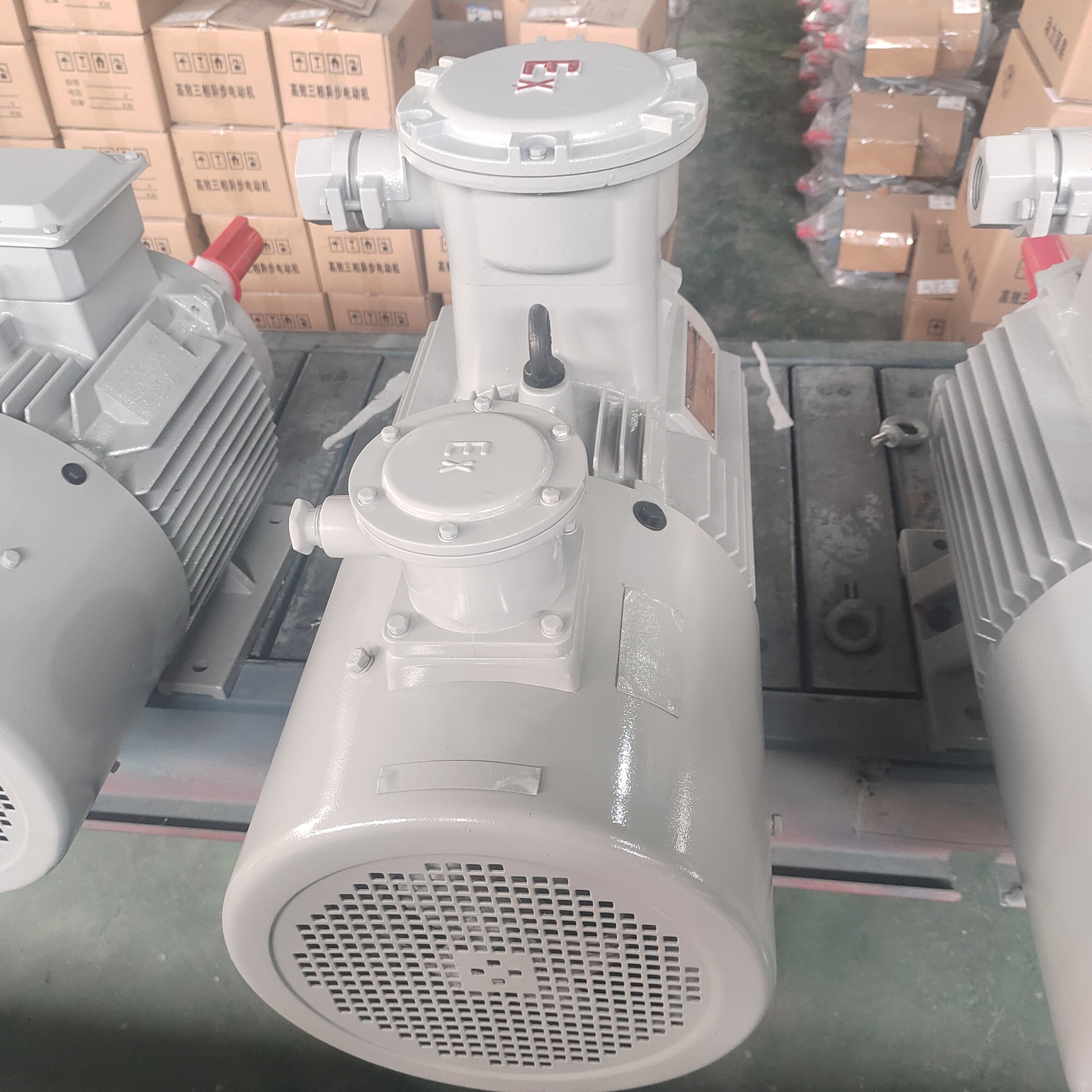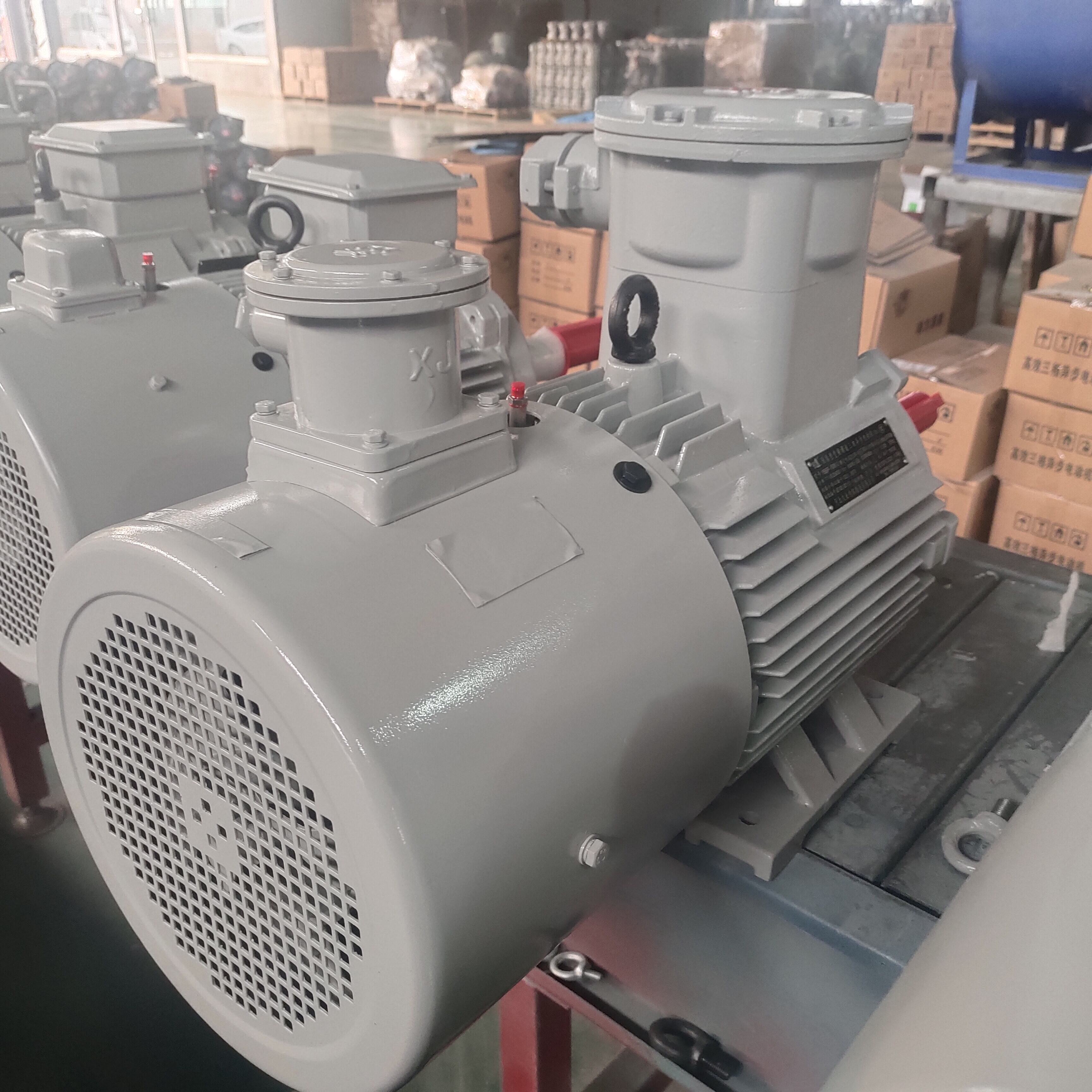Understanding Variable Frequency Motors in Modern Industry
The industrial landscape has witnessed a remarkable transformation with the advent of advanced motor technologies. At the forefront of this evolution stands the variable frequency motor, a sophisticated piece of equipment that has revolutionized how we approach industrial operations. These motors represent the perfect fusion of efficiency, control, and adaptability, making them indispensable in today's manufacturing and processing facilities.
As industries strive for greater energy efficiency and precise control over their operations, the demand for variable frequency motors continues to surge. These innovative devices offer unprecedented flexibility in speed control, reduced energy consumption, and enhanced operational reliability. Understanding their significance is the first step toward making an informed decision for your specific applications.
Core Components and Operating Principles
Essential Motor Components
The architecture of a variable frequency motor comprises several crucial components working in harmony. The stator, rotor, and control system form the foundation of these sophisticated machines. The stator houses the electromagnetic components that create the rotating magnetic field, while the rotor responds to this field, generating the mechanical motion required for various applications.
Advanced sensors and monitoring systems integrate seamlessly with these core components, ensuring optimal performance and providing real-time feedback. This intricate arrangement of parts allows for precise control over motor speed and torque, making variable frequency motors highly adaptable to changing operational demands.
Operating Mechanisms and Control Systems
The fundamental principle behind a variable frequency motor lies in its ability to modify the frequency of the electrical power supply. This capability enables precise control over motor speed and torque output. The control system processes input parameters and adjusts the frequency accordingly, maintaining optimal performance across various operating conditions.
Modern variable frequency motors incorporate sophisticated control algorithms that can respond to changes in load, temperature, and other environmental factors. This level of control ensures consistent performance while maximizing energy efficiency and extending equipment lifespan.

Selection Criteria for Industrial Applications
Power Requirements and Specifications
Determining the correct power specifications is crucial when selecting a variable frequency motor. Engineers must consider factors such as starting torque, operating speed range, and peak load requirements. These parameters directly influence motor size, power rating, and overall system efficiency.
Environmental conditions also play a vital role in the selection process. Temperature, humidity, and exposure to contaminants can significantly impact motor performance and longevity. Proper consideration of these factors ensures optimal operation and prevents premature equipment failure.
Application-Specific Considerations
Different industrial applications demand specific motor characteristics. For instance, applications requiring precise speed control may benefit from motors with advanced feedback systems and higher-resolution encoders. Similarly, processes involving frequent starts and stops need motors designed to handle thermal stress and mechanical wear.
Industry-specific regulations and standards must also guide the selection process. Compliance with relevant safety codes and efficiency standards ensures trouble-free operation while meeting legal requirements. This consideration becomes particularly important in specialized industries such as food processing or hazardous environments.
Energy Efficiency and Cost Considerations
Energy Consumption Analysis
One of the primary advantages of variable frequency motors lies in their superior energy efficiency. These motors can optimize power consumption by matching output to actual demand, resulting in significant energy savings compared to conventional motor systems. Understanding the energy consumption patterns helps in selecting the most efficient motor for specific applications.
Advanced monitoring systems provide detailed insights into energy usage patterns, enabling operators to fine-tune motor parameters for maximum efficiency. This data-driven approach ensures optimal performance while minimizing operational costs.
Long-term Cost Benefits
While the initial investment in a variable frequency motor may be higher than traditional alternatives, the long-term benefits often justify the cost. Reduced energy consumption, lower maintenance requirements, and extended equipment life contribute to favorable returns on investment.
Moreover, many regions offer incentives and rebates for implementing energy-efficient motor systems. These financial benefits, combined with reduced operational costs, make variable frequency motors an economically sound choice for industrial applications.
Maintenance and Optimization Strategies
Preventive Maintenance Protocols
Implementing comprehensive maintenance programs ensures reliable operation and extends motor life. Regular inspections, cleaning, and component checks help identify potential issues before they lead to failures. Proper documentation of maintenance activities aids in tracking performance trends and planning future maintenance schedules.
Training maintenance personnel in proper diagnostic procedures and troubleshooting techniques is essential. This expertise enables quick resolution of issues and minimizes downtime, ensuring continuous operation of critical processes.
Performance Optimization Techniques
Continuous monitoring and analysis of motor performance data enable operators to identify opportunities for optimization. Parameters such as speed, torque, and power factor can be adjusted to maintain peak efficiency under varying operating conditions.
Integration with modern industrial control systems allows for automated optimization based on real-time data. This capability ensures consistent performance while minimizing human intervention and reducing the possibility of operational errors.
Frequently Asked Questions
What are the key benefits of using a variable frequency motor?
Variable frequency motors offer numerous advantages including precise speed control, improved energy efficiency, reduced mechanical stress on equipment, and lower maintenance requirements. They also provide better process control and can significantly reduce operating costs over time.
How often should maintenance be performed on variable frequency motors?
Regular maintenance intervals typically depend on operating conditions and manufacturer recommendations. Generally, basic inspections should be conducted monthly, while more comprehensive maintenance procedures should be performed quarterly or bi-annually. Critical applications may require more frequent monitoring.
What factors affect the lifespan of a variable frequency motor?
Several factors influence motor longevity, including operating environment, load conditions, maintenance practices, and quality of power supply. Proper installation, regular maintenance, and operation within specified parameters can significantly extend the motor's service life.
How can I determine the correct size variable frequency motor for my application?
Selecting the right motor size involves analyzing various factors including required horsepower, starting torque, speed range, duty cycle, and environmental conditions. Consulting with qualified engineers or motor specialists can help ensure proper sizing for specific applications.


